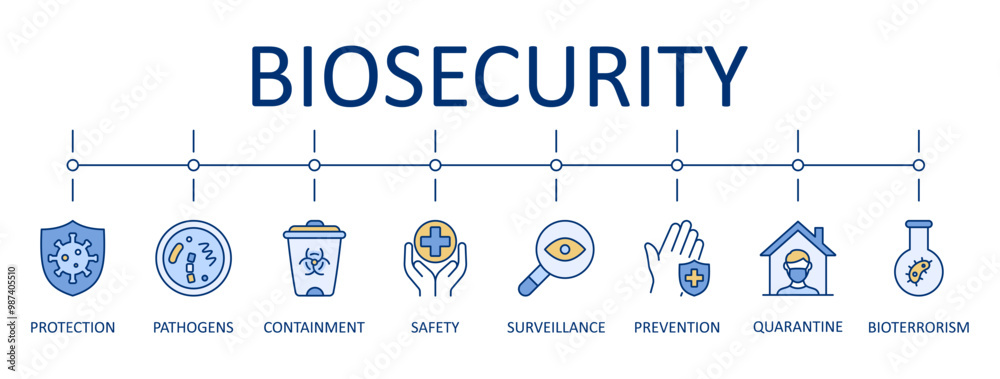Infection prevention isn’t just about policies and checklists—it’s about PEOPLE. Effective Infection Prevention Training is essential for every successful program. Well-trained staff and infection preventionists (IPs) work hand in hand.
Why? Because even the best strategies fail without the right team to implement and sustain them. Comprehensive infection control training is essential for the following reasons:
The Benefits of Hands-On Expertise
Hands-On Expertise: Staff on the front lines, for example, have invaluable insights into daily workflows. When they collaborate with IPs during program setup, their infection prevention education informs the process, allowing measures to be tailored to real-world scenarios. Consequently, this makes them more practical and effective.

Fostering Shared Responsibility: Infection prevention, after all, isn’t a one-person job. Therefore, actively involving staff in program development fosters investment in the outcomes. As a result, this transforms “compliance” into a shared mission, supported by effective infection control training.
Early Detection & Rapid Response: Trained staff, moreover, equipped with the knowledge gained through healthcare infection prevention training, are the first to notice potential infection risks. Because they understand the protocols, they act swiftly to prevent small issues from becoming outbreaks.
Building a Culture of Prevention: Furthermore, Infection Prevention Training empowers staff to become infection prevention champions. Thus, this fosters a workplace culture where safety and prevention are priorities for everyone, every day.
Optimising Using the Right Products: Training, in addition, ensures staff understand the importance of using the correct and approved infection prevention products, like Klorsept and Klorkleen NaDCC tablets for disinfection. These products are scientifically validated for effectiveness and safety, providing reliable results. Specifically, educating staff on proper usage not only maximizes the product’s impact but also reinforces trust in the infection prevention program.
Collaboration for Sustainable Programs
When staff and IPs collaborate during the setup phase, informed by their training on infection prevention protocols, programs become more robust, adaptable, and sustainable. The result? Reduced infections, healthier environments, and improved patient outcomes.
The Strategic Value of Training
Ultimately, investing in Infection Prevention Training is not just a checkbox—it’s a strategic move that strengthens every layer of an organization’s infection prevention efforts.
Working together, through consistent infection control training, builds teams that don’t just fight infections, but prevent them from occurring in the first place.
What’s one training strategy that has been particularly effective in your experience? Share your thoughts.
#InfectionPrevention #TrainingMatters #HealthcareInnovation #Collaboration #PatientSafety #NaDCC




